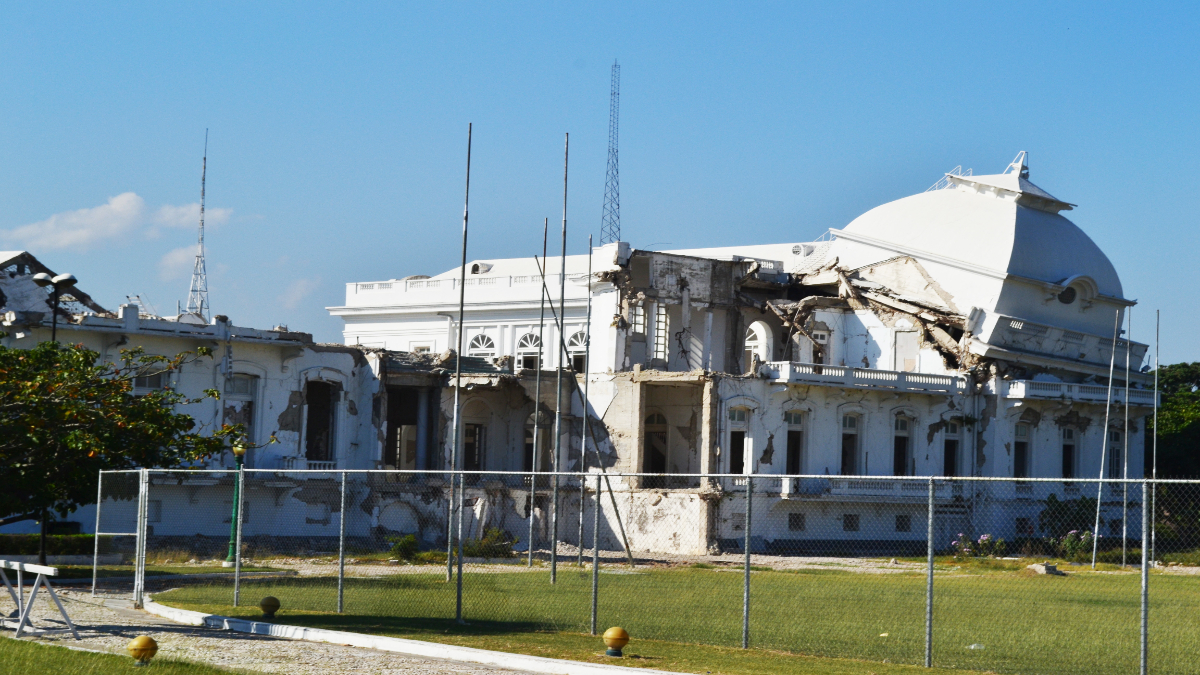
Advertisement
Haiti, situated on the western portion of the island of Hispaniola in the Caribbean, has a long history of seismic activity, making it particularly prone to earthquakes. The country lies along the boundary of the Caribbean and North American tectonic plates, where the movement of these plates can cause significant seismic events.
The most devastating earthquake in Haiti’s modern history occurred on January 12, 2010, when a magnitude 7.0 earthquake struck near the capital city of Port-au-Prince. The quake caused widespread destruction, leveling buildings, homes, and infrastructure, and resulted in an estimated 230,000 deaths, with many more injured or displaced. The catastrophic impact of the earthquake was exacerbated by Haiti’s inadequate infrastructure, lack of emergency preparedness, and widespread poverty, which hindered the country’s ability to respond effectively to the disaster.
In addition to the 2010 earthquake, Haiti has experienced numerous other seismic events throughout its history. The country is located along the boundary of the Caribbean and North American tectonic plates, known as the Enriquillo-Plantain Garden fault zone, which is a major source of seismic activity in the region. This fault zone is capable of producing large-magnitude earthquakes, and Haiti’s proximity to this fault makes it susceptible to seismic hazards.
While earthquakes are a natural phenomenon in Haiti, the country’s vulnerability to these events is exacerbated by factors such as high population density, poor urban planning, inadequate building construction practices, and limited access to resources and infrastructure. These factors increase the risk of damage and casualties in the event of an earthquake and pose significant challenges for disaster preparedness and response efforts.
In recent years, efforts have been made to improve earthquake resilience in Haiti, including initiatives focused on building code enforcement, urban planning, public awareness, and disaster preparedness training. However, the country continues to face significant challenges in mitigating the impact of earthquakes and other natural hazards, and ongoing efforts are needed to strengthen Haiti’s resilience and reduce its vulnerability to seismic events.
In conclusion, Haiti is indeed prone to earthquakes, given its location along the boundary of major tectonic plates. The devastating earthquake of 2010 highlighted the country’s vulnerability to seismic hazards and underscored the need for continued efforts to improve earthquake resilience, preparedness, and response in Haiti.
